Ælfgif-who? provides short biographies of early medieval English women every two weeks. Click on the podcast player if you’d like to hear this newsletter read aloud in my appealing Yorkshire accent.
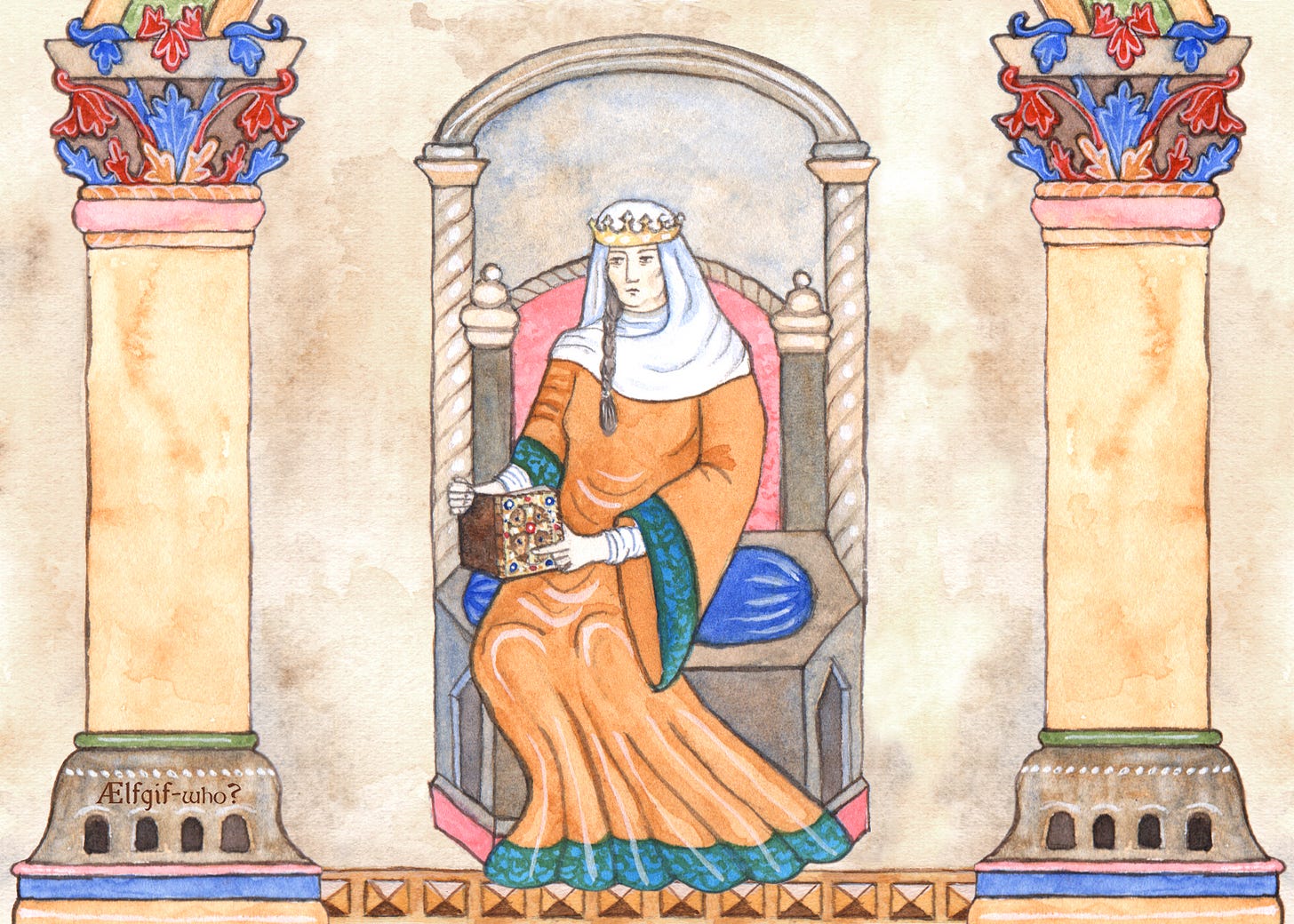
Eadgifu: The Queen who Outlasted Five Kings
Queen Eadgifu, third wife of Edward the Elder, had a career spanning five decades. She outlived her husband and saw at least six different kings of England during her lifetime, and her fortunes rose and fell numerous times within these years as various kings took the throne. Her biography tells the story of her life, but also the story of English politics in the first part of the tenth century.
Following the death of King Alfred in 899, his son Edward became king, but a rival bid for rulership came from Edward’s cousin Æthelwold. This bid was supported by the Danes who ruled Northumbria, and the Battle of the Holme was fought in December 902 by supporters of Edward against Æthelwold and his Danish army. Edward and the English army were not present, having retreated, leaving the Kentish army to fight alone. The Danes had the upper hand, and though Æthelwold was killed and his bid for the throne was ended, Sigehelm the Ealdorman of Kent who was fighting for Edward’s cause was also killed in the battle.
Sigehelm had a daughter, Eadgifu. It is not known when she was born, but taking into account Sigehelm’s death date it must have been before 903. She inherited ancestral lands from her father, making her an extremely wealthy woman. In 919, Eadgifu married the man for whom Sigehelm had died, King Edward.
Edward was probably in his forties when he married Eadgifu. This was not his first marriage, or indeed his second. In the 890s he had a wife called Ecgwynn, who was the mother of the future King Æthelstan and his sister Edith, who married Sihtric, Viking King of York. By 901 he was married to Ælfflæd, who was the daughter of Æthelhelm, Ealdorman of Wessex, with whom he had at least six daughters and two sons. It is not known what happened to his first wife - she may have died or been set aside.
Indeed, Edward seems to have put aside his second wife by 919 when he married Eadgifu, as by 920 or 921 their son Edmund, the future king of England, had been born. They also had Eadred, another future king, and at least two daughters: Eadburh, who became a nun at Winchester, and possibly Eadgifu, named after her mother.
As a young third wife to a middle-aged king who already had at least eight children when they married, Eadgifu was in a somewhat tentative position. After only five years of marriage Edward died in 924, and his oldest son Æthelstan, of his first wife Ecgwynn, took the throne. At this time, Eadgifu disappeared from court, no longer part of the royal family.
In 939, after reigning for 15 years, Æthelstan died, childless. With Eadgifu’s sons the only living male-line descendants of King Edward, it was their turn to rule. Edmund took the throne and Eadgifu returned to court as the mater regis (king’s mother). In charters, Eadgifu and her two sons King Edmund and Eadred were presented as a ruling trinity, showing her influential position at this time. Eadgifu is unrivalled by any other pre-conquest queen in the frequency and prominence of her appearance in witness lists during this time. This is in contrast with Edmund’s two wives, Ælfgifu and Æthelflaed, who seem to have played a negligible role in his reign, according to charter evidence. It seems Eadgifu’s prominence at court did not allow for another queenly figure to flourish. Edmund died in a fight in 946, and his children were very young, so his brother Eadred inherited the throne.
Eadgifu’s fortunes changed dramatically in 955 when Eadred died, childless, from a digestive illness. His elder brother Edmund’s children, Eadgifu’s grandchildren Eadwig and Edgar, were now candidates for the throne. Eadwig became king, and one of his first acts was to dispossess his grandmother of her land and wealth. This indicates that Eadgifu may have supported her other grandson’s claim to the throne, or it may be that Eadwig intended to give the queen’s estates to his own wife, and having a dowager queen hanging onto them was an inconvenience. After four years when Eadwig died in 959 and Edgar took the throne, he restored some of her lands, but Edgar’s own marriages meant she never returned to her previous position of being the most important queen at court. Her next and last appearance in the sources is her name listed on the New Minster Winchester refoundation charter of 966 (shown below). By this point she was in her sixties at least, and possibly older. It is not known when she died, but it’s likely she lived out her advanced years at a religious institution rather than at court.
Eadgifu’s status as a wealthy landowner is well-attested, both before and after she became Edward’s queen. It is difficult to paint a clear picture of the extent of her economic position, but an impression can be gained from documentation of her landholdings. She was one of the wealthiest people in England, and certainly the wealthiest woman. Her economic position cannot be separated from her political influence. Her curation of land throughout her life likely contributed towards her multi-generational position at the royal court.
But her influence did not end with property; Eadgifu also had important allies, including relationships with prominent Benedictine bishops Dunstan and Æthelwold, whose careers she supported. In 955-56, just after Eadwig’s inauguration, when Eadgifu was deprived of her wealth, Dunstan was also forced into exile. It seems that Eadwig saw Dunstan and Eadgifu as his political enemies, and both were restored upon Edgar’s accession to the throne. The later Life of St Dunstan would accuse Eadwig of scandalously having a ménage à trois with his wife and her mother at his own coronation, in an attempt to discredit his kingship retrospectively. These two maligned women will be the subjects of the next edition of Ælfgif-who?.
Queen Eadgifu was a woman whose fortunes rose and fell dependent on who occupied the English throne. Unlike with kingship, many queens can co-exist at the same time, and this can create tensions. Eadgifu was able to eclipse her son’s wives, but not the wives of her grandsons. The prominence of her position during the reigns of her sons suggests that she was a formidable and unrivalled presence as mater regis in the royal court. It was perhaps this presence that led to her downfall upon the reign of her grandson, who saw that Eadgifu would not easily share the limelight with his wife and queen. She was a woman who ultimately had to be removed to make way for others, and it is not certain whether this says more about the nature of queens or the nature of Eadgifu.
Suggestions for further reading:





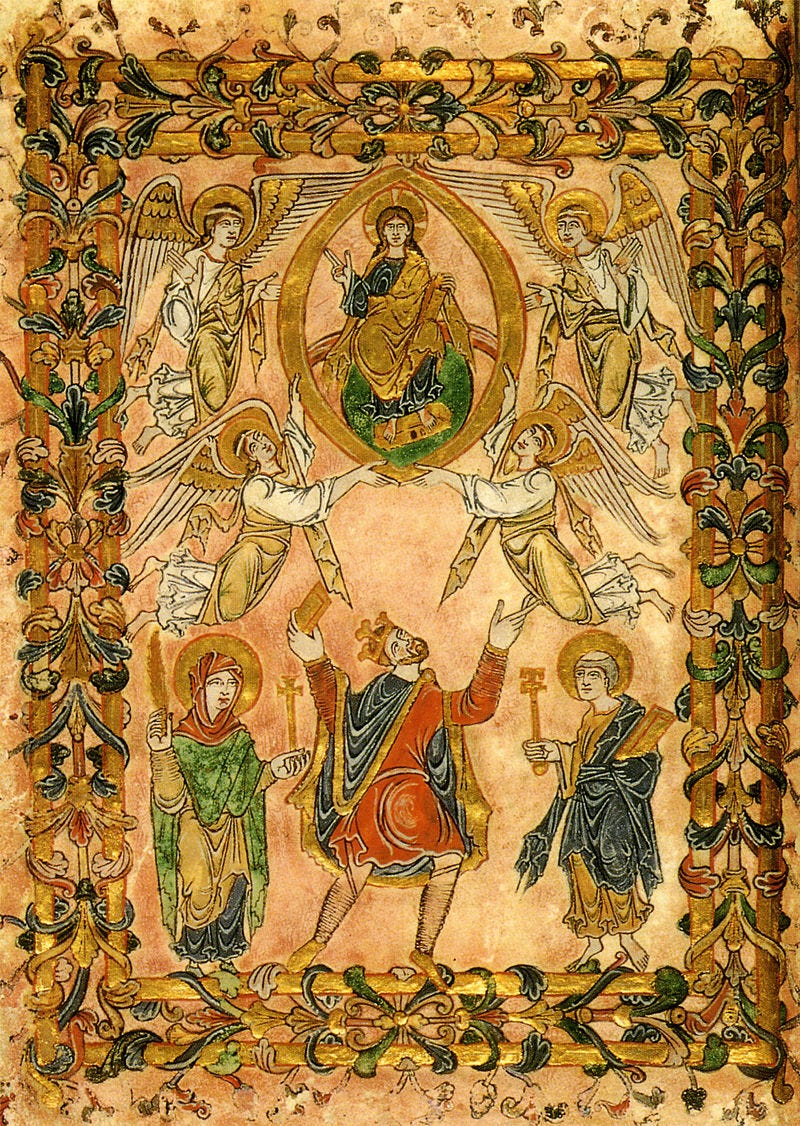


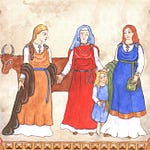
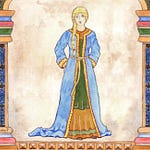
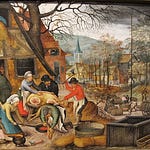
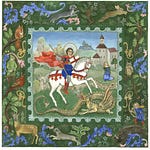



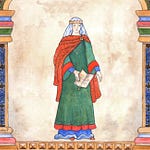
Share this post